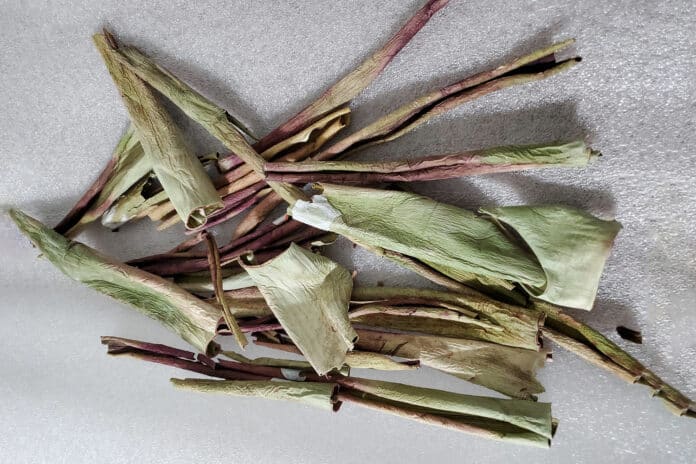Aloe barbadensis, commonly known as aloe vera, is commonly used to treat skin issues, promote digestive wellness, and heal wounds. But while aloe vera gel is in high demand, the leftover peels are often thrown away, potentially adding up to millions of tons of waste every year.
Researchers now discovered that these discarded peels (rinds) of aloe plants could play a pivotal role in warding off bugs, establishing themselves as a potent natural insecticide.
The research team is being led by Assistant Profesor Debasish Bandyopadhyay of the University of Texas Rio Grande Valley.
Bandyopadhyay first became interested in the potential use of aloe rinds as an insecticide when he and a colleague visited a local aloe vera production center. During his visit, he noticed that while insects wreaked havoc on other plants, they left the aloe leaves alone. This observation prompted Bandyopadhyay to take some aloe rinds back to his lab for chemical analysis.
Bandyopadhyay and colleagues first dried out the peels in the dark at room temperature by blowing air over them. This approach was taken in order to keep the bioactivity of the peels unaltered. They then produced various extracts from the peels with hexane, dichloromethane (DCM), methanol, and water.
Previously, it was reported that the hexane extract contained octacosane, a compound with known mosquitocidal properties. However, the team’s further analysis of the dichloromethane (DCM) extract uncovered much higher insecticidal properties against agricultural pests than the hexane extract.
Using high-performance liquid chromatography-mass spectrometry, the research team identified over 20 compounds in the aloe vera rinds. Many of these compounds had antibacterial, antifungal, or other potential health benefits. Among them, six stood out – octacosanol, subenniatin B, dinoterb, arjungenin, nonadecanone and quillaic acid, which are known to have insecticidal properties.
In addition, the identified compounds were not toxic, meaning there were no significant safety concerns with the creation of an aloe-peel-based insecticide.
With the insecticidal compounds now identified in the aloe peels, the next step for the researchers will be to test how well they work in real-world fields against agricultural pests. The team is also exploring if these compounds have anti-mosquito and anti-tick properties, which could potentially lead to the development of an insect repellant for consumer use.
“By creating an insecticide that avoids hazardous and poisonous synthetic chemicals, we can help the agricultural field,” Bandyopadhyay said in a statement. “But if the peels show good anti-mosquito or anti-tick activity, we can also help the general public.”
